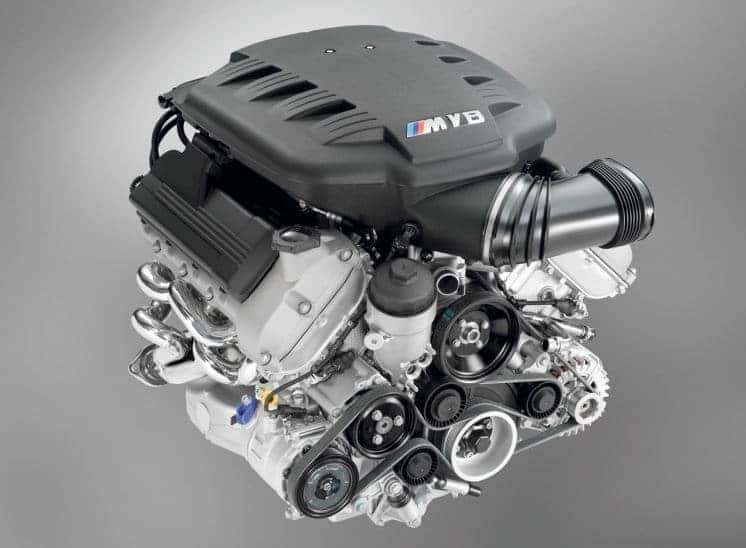Discovering the Evolution of Combustion Engines in Modern Transportation Systems
As we browse the landscape of contemporary transport, the development of combustion engines stands as a testimony to human resourcefulness and engineering expertise. The interaction of history, modern technology, and ecological issues in forming the trajectory of burning engines creates a story that is both compelling and insightful.
Very Early Beginnings of Combustion Engines
Exactly how did the concept of burning engines very first emerge in the very early stages of transport advancement? The roots of combustion engines can be mapped back to the 17th century when the concepts of interior combustion were first discovered. In 1673, Christian Huygens conceived a fundamental internal combustion engine that made use of gunpowder to produce power. It wasn't till the late 19th century that useful applications of burning engines in transportation started to arise.
The advancement minute featured the innovation of the very first effective gasoline-powered engine by Karl Benz in 1885 - bmw engine. This engine led the way for the growth of the modern vehicle, changing transportation systems worldwide. Subsequent advancements by Nikolaus Otto and Gottlieb Daimler better refined combustion engine innovation, bring about the mass production of vehicles and the fast development of the transport industry
These early combustion engines were defined by their simplicity and effectiveness, laying the foundation for the complicated and powerful engines used in modern transportation systems. The evolution of combustion engines has actually been instrumental fit the means we take a trip and move items, noting a considerable turning point in the history of transportation development.
Change to Internal Burning Innovation
The transition to internal burning innovation marked a pivotal change in the advancement of transportation systems. This shift started in the late 19th century, with innovators like Nikolaus Otto and Gottlieb Daimler establishing the first effective inner combustion engines. These engines revolutionized transport by using a more efficient and effective choice to heavy steam engines and electric motors.
Among the essential advantages of inner combustion engines was their capacity to be scaled down to suit lorries, causing the development of motorcycles and autos. This shift from cumbersome, stationary engines to portable, mobile ones paved the means for the contemporary transport systems we see today.
The shift to internal combustion technology likewise spurred innovations in fuel modern technology, causing the development of gas and diesel as key fuel resources for vehicles. This change not only made transportation extra available to the masses yet likewise laid the structure for the oil and gas industry to end up being integral to worldwide economic situations.
Impact of Combustion Engines on Transportation
The adoption of burning engines in transportation systems militarized a profound change in the efficiency and speed of international mobility. Combustion engines changed transportation by offering a reliable and versatile source of power for different lorries, including automobiles, vehicles, airplanes, and ships. This development substantially boosted the ability for individuals and goods to move over fars away in shorter period, causing boosted connection in between regions and nations.
Additionally, the extensive use combustion engines has had a considerable effect on economic development. The ability to transfer goods efficiently has spurred profession and business, permitting services to broaden their markets and reach consumers worldwide. This has facilitated financial development and globalization, as products can now be transferred faster and in bigger amounts than ever previously.
Nevertheless, the environmental impact of burning engines can not be ignored. The burning of fossil fuels has brought about air contamination and greenhouse gas discharges, contributing to environment modification and positioning health threats to populaces. bmw engine. Because of this, there is an expanding focus on establishing alternative propulsion modern technologies to alleviate these unfavorable effects and develop a much more lasting future for transport
Developments in Burning Engine Style
One remarkable technology is the development of turbocharged engines, which utilize exhaust gases to drive a turbine that compresses inbound air, permitting for even more gas to be burnt, resulting in raised power result that site without a substantial increase in engine size. Variable valve timing systems have actually likewise transformed engine style by enhancing airflow at various engine speeds, boosting both power and effectiveness. These advancements collectively contribute to the continual renovation of burning engines in modern transportation systems.
Future Fads in Burning Engine Development
With technology innovations driving constant technology, the future of combustion engine growth is poised to reinvent transport systems worldwide. One of the vital trends in burning engine growth is the push in the direction of greater effectiveness and reduced discharges.
An additional prominent pattern is the fostering of hybrid innovations in burning engines. Hybrid engines integrate typical combustion technology with electrical power, supplying improved fuel effectiveness and reduced emissions. As the automobile market changes my review here in the direction of electrification, crossbreed combustion engines are seen as a transitional option that links the gap between traditional lorries and totally electric ones.
Furthermore, the combination of clever modern technologies, such as synthetic intelligence and information analytics, is anticipated to play a significant role in the future of combustion engine advancement. These innovations can maximize engine performance in real-time, resulting in much more reliable burning procedures and boosted total vehicle performance. Embracing these future trends will not just drive advancement in burning engine advancement but additionally add to a more environmentally friendly and lasting transport ecological community.

Verdict
In conclusion, the advancement of burning engines in contemporary transportation systems has been noted by considerable developments in technology and design. From the very early beginnings of combustion engines to the change to interior combustion technology, these engines have actually had a profound impact on transport.
The roots of combustion engines can be mapped back to the 17th century when the principles of internal burning were first discovered. These engines reinvented transportation by offering an extra effective and effective choice to heavy steam engines and electric motors.
